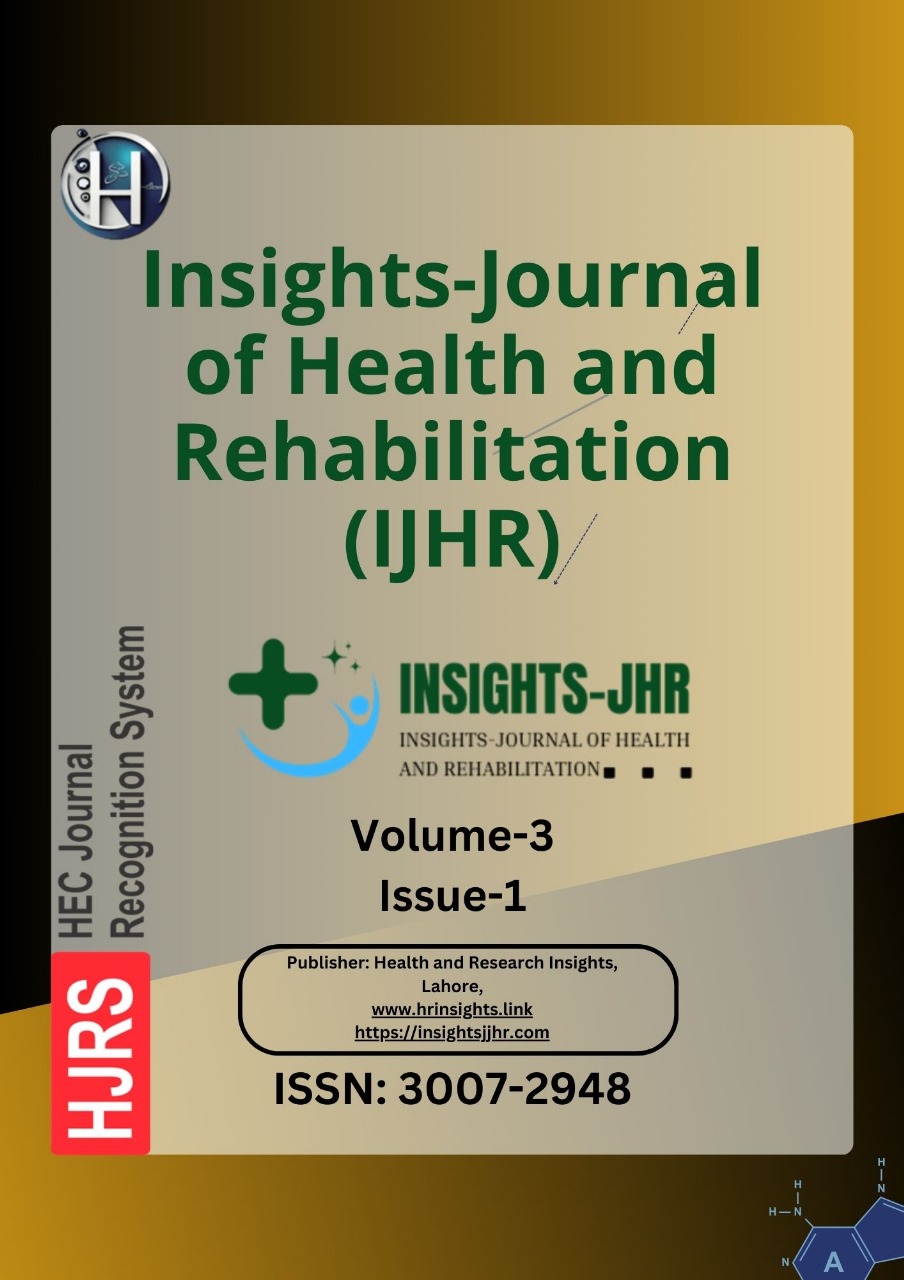COMPARISON OF INTRAUTERINE VERSUS PER-RECTAL MISOPROSTOL IN PREVENTION OF POSTPARTUM HEMORRHAGE IN WOMEN UNDERGOING CAESAREAN SECTION
DOI:
https://doi.org/10.71000/xg09fz97Keywords:
Cesarean section, Hemorrhage prevention, Intrauterine misoprostol, Misoprostol administration, Postpartum hemorrhage, Randomized controlled trial, Uterotonic agentsAbstract
Background: Postpartum hemorrhage (PPH) is a leading cause of maternal morbidity and mortality, particularly in cesarean deliveries where uterine atony remains a significant risk factor. Effective prophylactic interventions are essential to reduce excessive blood loss and improve maternal outcomes. Misoprostol, a prostaglandin E1 analogue, is widely used for PPH prevention due to its potent uterotonic properties, cost-effectiveness, and stability. However, the optimal route of administration remains a subject of debate, particularly in cesarean sections where targeted uterotonic action is crucial.
Objective: To compare the efficacy and safety of intrauterine versus per-rectal administration of misoprostol in preventing postpartum hemorrhage in women undergoing cesarean sections.
Methods: This randomized controlled trial was conducted from June 2023 to December 2023, enrolling 245 women scheduled for elective or emergency cesarean delivery. Participants were randomly assigned to two groups: intrauterine misoprostol (Group A, n=122) and per-rectal misoprostol (Group B, n=123). Each patient received 800 µg of misoprostol immediately after delivery. Blood loss was measured using a calibrated suction device and gauze weighing. The primary outcome was the incidence of PPH, defined as blood loss >500 mL within 24 hours. Secondary outcomes included the need for additional uterotonics, duration of uterine contractions, and adverse effects. Statistical analysis was performed using SPSS 29, with p<0.05 considered significant.
Results: PPH incidence was significantly lower in the intrauterine group (12.3%) compared to the per-rectal group (20.3%) (p=0.03). Additional uterotonic use was required in 8.2% of patients in the intrauterine group versus 16.3% in the per-rectal group (p=0.04). Mean blood loss was significantly lower in the intrauterine group (350±100 mL) compared to the per-rectal group (450±120 mL) (p<0.01). The mean duration of uterine contractions was shorter in the intrauterine group (25±5 minutes vs. 32±6 minutes, p<0.01). No significant difference was observed in adverse effects.
Conclusion: Intrauterine administration of misoprostol demonstrated superior efficacy in reducing postpartum hemorrhage, minimizing blood loss, and decreasing the need for additional uterotonics in cesarean sections. Given its localized action and improved hemostatic outcomes, intrauterine misoprostol should be considered a preferred route for PPH prevention in cesarean deliveries.
Downloads
Published
Issue
Section
License
Copyright (c) 2025 Zara Gul, Ramsha Jahangir, Maria Ahmed , Arslan Ahmed , Guncha Mumtaz, Bilqees (Author)

This work is licensed under a Creative Commons Attribution-NonCommercial-NoDerivatives 4.0 International License.







